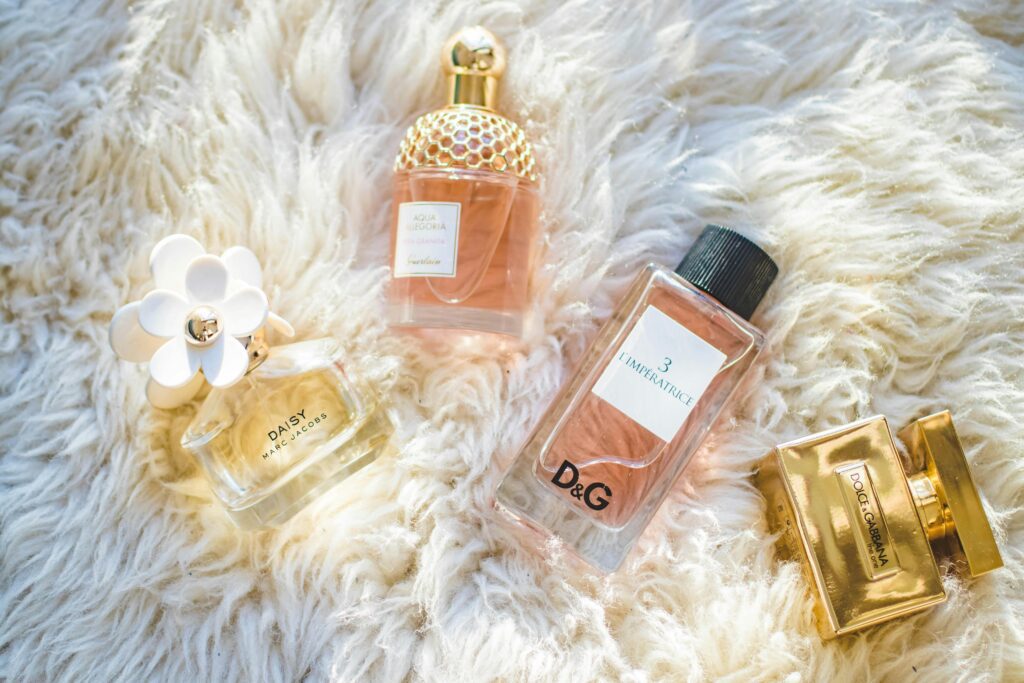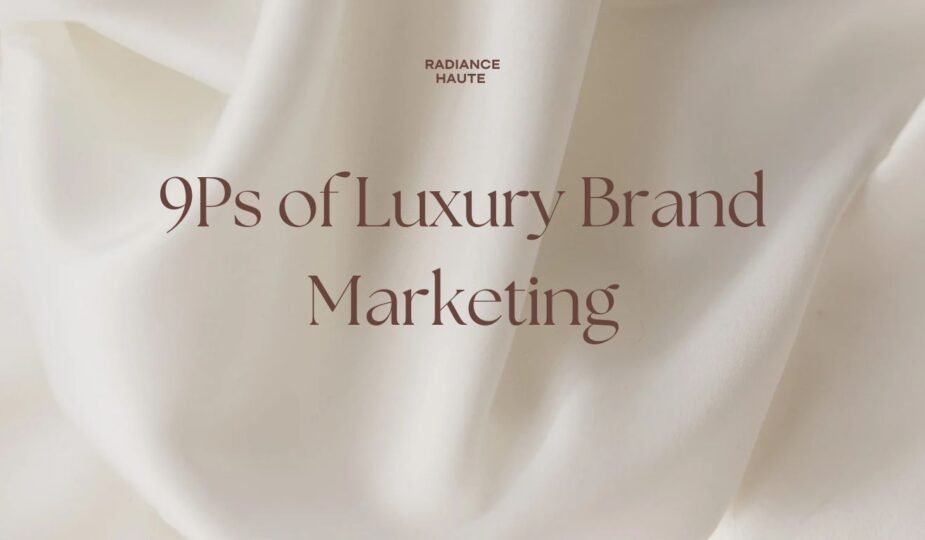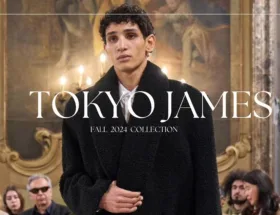1. Performance
Performance in luxury is synonymous with craftsmanship, quality, and durability. Iconic brands like Patek Philippeemphasize timelessness with campaigns like “You never actually own a Patek Philippe. You merely take care of it for the next generation.” Similarly, Hermès underscores repairability as a testament to enduring value, reflecting their commitment to products that last for generations.
2. Provenance
The heritage and backstory of a brand are its soul. Be it Chanel, with the iconic tweed jacket and Coco Chanel’s signature vision, or Rolls-Royce, known for its century-old association with royalty, provenance elevates a brand’s allure. It is the story that creates the mythos of a brand, drawing consumers into its universe.
3. Paucity
Exclusivity lies at the heart of luxury. Whether through limited editions or geographic product differentiation, scarcity enhances desirability. Hermès illustrates this with its selective store offerings; no store houses the entire collection, ensuring every shopping experience reveals something unique.
4. Persona
A luxury brand’s persona is its identity—a blend of visual elements, emotional values, and consistent imagery. Take Armani, which maintains its core persona across diverse lines like Armani Privé, Giorgio Armani, and Emporio Armani. This ensures that the brand resonates with a broad audience while remaining distinct and recognizable.
5. Personage
Celebrity endorsements amplify a brand’s reach and prestige. Public figures lend their charisma to create aspirational value. However, this strategy is double-edged, requiring careful alignment of values. In emerging markets, endorsements often help establish brand identity, especially when local awareness is limited.
6. Phygital
The fusion of physical and digital experiences, phygital bridges the tactile and virtual realms. From Louis Vuitton’schatbot offering personalized online shopping to Gucci Live’s video-assisted sales, phygital ensures immersive, interactive customer journeys. Nespresso, a pioneer in this space, tailors its digital and in-store experiences to diverse consumer profiles, setting benchmarks for customer satisfaction.
7. Publicity
Publicity shapes a brand’s narrative and reinforces its creative vision. Luxury thrives on storytelling, as seen in Van Cleef & Arpels’ “Peau d’Âne” jewelry exhibition at Château de Chambord. By blending craftsmanship, history, and artistry, the event exemplified how publicity can create aspirational dreams while showcasing brand values.
8. Pricing
Pricing in luxury is both art and science. It balances aspiration and accessibility, ensuring exclusivity without alienating potential customers. For instance, the price of a vintage Dom Pérignon reflects not just production costs but also its legacy, scarcity, and customer aspiration. Striking this balance is critical in maintaining a luxury brand’s image.
9. Position
Luxury stores are more than retail spaces—they are temples of the brand’s essence. Be it flagship stores on Champs-Élysées or premium placements in luxury malls, positioning conveys prestige. Beyond physical locations, premium placement extends to media, events, and digital inventories, reinforcing the brand’s exclusivity and prominence.

Credit – The road to luxury book Author







